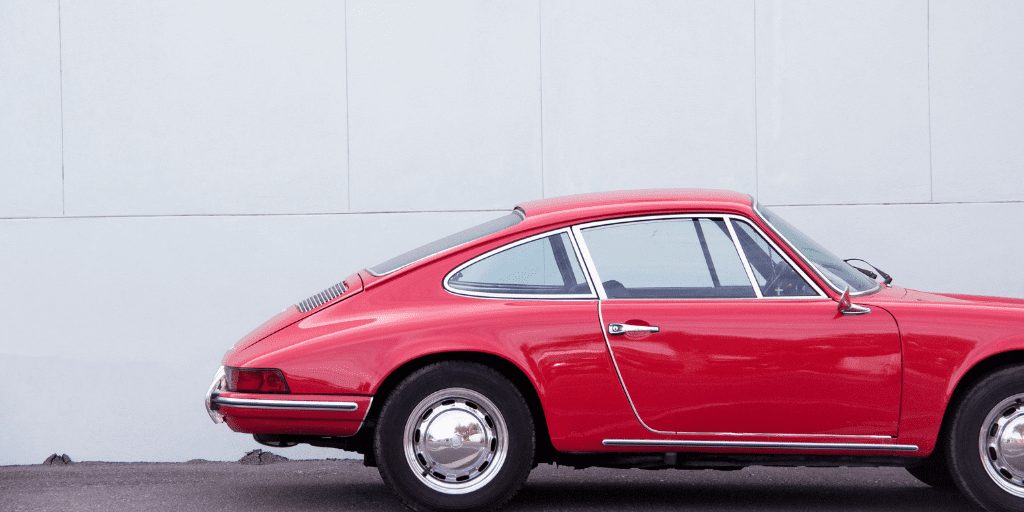Luxury Cars: The One Product Category You Wouldn’t Expect to Lose Value (And It Still Does)

What could express one’s social (and financial) situation better than a luxury car? Well, an entire collection of luxury cars, for one. Luxury cars are an important status symbol, both in popular culture and real life: just think of the beautiful wheels from Tony Stark’s garage in “Iron Man” and the amazing collection owned by Sheikh Hamad Bin Hamdan Al Nahyan. The value of a luxury car is not given by its specifications or the materials used to build it (after all, a car made of solid gold would only be worth its weight in gold, literally) but its rarity: the fewer of them are made, the more Betway lucky numbers you’d have to win to buy one. And this is exactly what is giving luxury carmakers a hard time today.
Affordable luxury?
You see, the sales of ultra-luxury cars have grown a lot in the last few years. Brands like Aston Martin and Rolls Royce are reporting record sales year after year. The only problem is that this growth is caused mostly by the growing number of units sold, not the price (value) of the individual cars. According to USA Today, Aston Martin has sold 26% more new cars in 2018 compared to 2017, Rolls-Royce sold 22% more units, and Lamborghini, the brand that was once synonymous with billionaire playboys, sold 51% more cars than in the previous year.
Big sales and price drops
For many, ultra-luxury cars are an investment – a good one, too, because these tend not to lose but to increase their value in time (vintage luxury cars are bought and sold for enormous amounts, the rarer, the more expensive). The recent explosion of new car sales has, in turn, has decreased the resale value of pre-owned luxury cars. According to The Hustle, used Aston Martins have lost, on average, 54% of their value, Lambos are down 56%, and Rolls-Royces, 48%.
One of the reasons for this decrease in the resale value of older luxury cars is that they have nowhere near as much technology onboard as their modern-day counterpart – and this makes them less “luxurious” than the new ones. After all, collision prevention systems, parking assistance, and such are today expected to be part of the setup of pretty much every modern-day car. With each brand constantly introducing new models with constantly improved specifications, “luxury” is continuously redefined. The other reason is the decrease in their exclusivity. With hundreds, perhaps thousands more Aston Martins, Rolls-Royces, and Lamborghinis roaming the streets each year, a lot of the brands’ peculiarity disappears, turning them into more common – and less exclusivist – brands.
Some luxury brands and some of their specific models were, for a long time, considered “timeless classics”. Now, their patina and prestige are hurt by the rise of “instant classics” rolling off the manufacturers’ assembly lines.